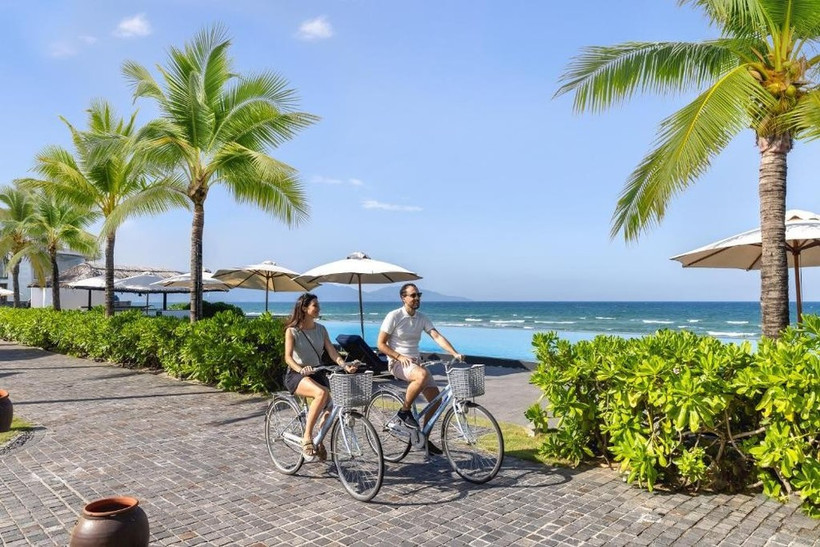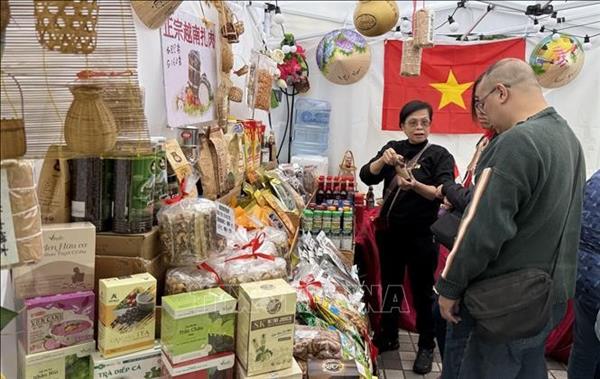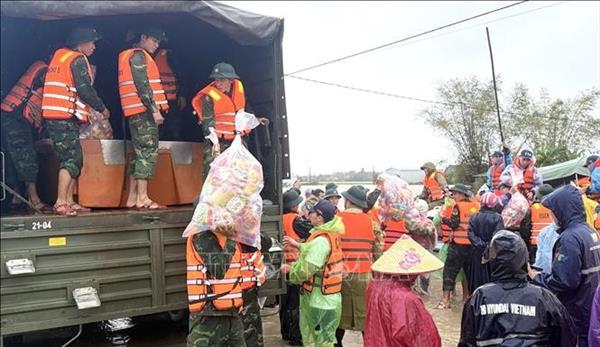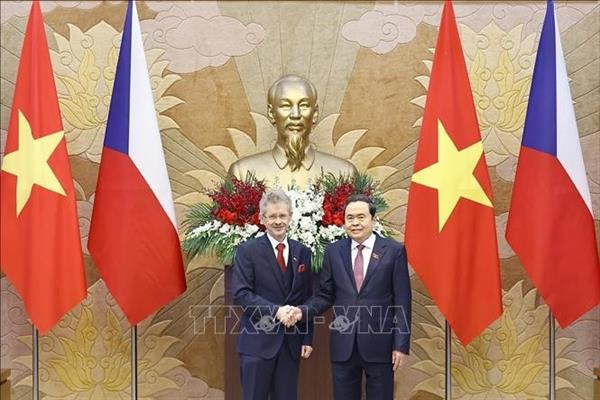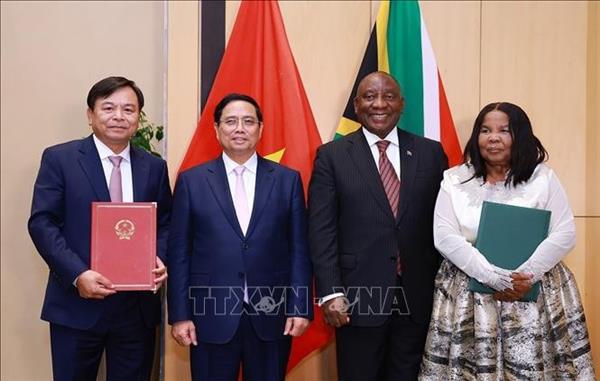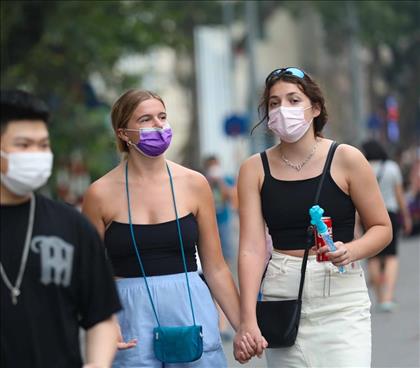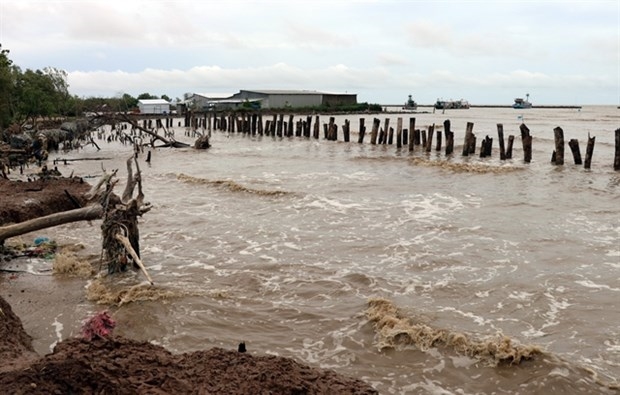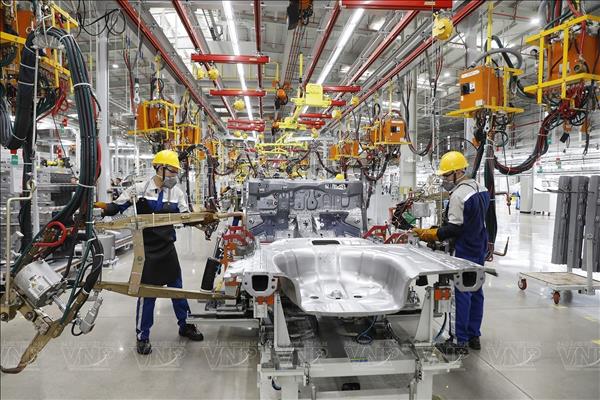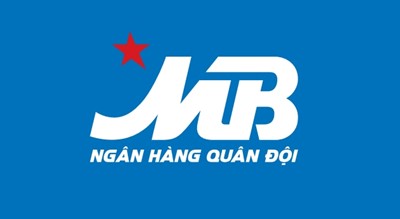As Vietnam enters the fourth quarter of 2025, the tourism sector is accelerating towards its target of 25 million international visitors, driven by a resurgence of tourists from Europe, Northeast Asia, and Oceania.
Vietnam’s tourism recovery in 2025 is the result of a well-structured strategy, not mere luck. From market expansion and product diversification to improved service quality, every part of the tourism value chain has been aligned for growth.
The Government has played a pivotal role in shaping policies, while businesses have shown flexibility and innovation. This collaboration has created a solid foundation for Vietnam to enter a phase of quality-driven growth, focusing on value over sheer numbers.
Pham Van Thuy, Vice Director of the Vietnam National Authority of Tourism (VNAT), highlighted that the success is due to a series of effective policies, including those to expand visa exemptions, promote tourism development, and adjust electricity prices to reduce accommodation costs.
Simultaneously, Vietnam has ramped up its international promotion at key events such as ATF 2025, the TRAVEX Fair in Malaysia, ITB Berlin, and the Cannes Film Festival. Domestically, campaigns like the Visit Vietnam Year - Hue 2025 and the “Vietnam – Go to Love” initiative have kept the domestic market vibrant and generated global media attention.
"The key is that we now view tourism as a comprehensive economic sector, linked to macroeconomic policies, culture, the environment, and the national brand," said Thuy.

The mergers of administrative units and the introduction of a two-tier local administration model have improved regional integration, unlocking new opportunities for inter-provincial tourism, from Hanoi to Quang Ninh and from Da Nang to Hoi An. New international flight routes, improved infrastructure, and enhanced service quality at destinations have all contributed to this growth.
As a result, Vietnam outpaces regional competitors, with the Philippines (18th), Singapore (25th), Thailand (36th), Indonesia (37th), and Malaysia (39th) trailing behind, according to Google Destination Insights.
The Government’s Resolution 226/NQCP, issued on August 5, targets welcoming at least 25 million international visitors, meaning more than 11 million in the last four months of the year. While ambitious, this goal presents an opportunity to solidify Vietnam’s position in the global tourism value chain.
Thuy stated that to meet this target, the industry needs three key elements - new products, effective promotion, and services that ensure repeat visits. He emphasised that businesses must tailor products to tourists' needs, rather than simply offering what is available.
At the same time, local authorities and businesses are shifting focus from growth based on quantity to sustainable development, prioritising tourist experiences and satisfaction.
The establishment of networks linking regulatory bodies, industry associations, and travel companies is seen as a crucial factor in improving product quality and expanding opportunities for international cooperation and high-value markets.
Vu The Binh, Chairman of the Vietnam Tourism Association, noted that the association is preparing to welcome 300-400 international tour operators to explore Vietnam’s tourism products, aiming for long-term partnerships.
Experts see this as a “lead with inspiration, sell later” approach, aligning with the post-COVID trend of experience-driven tourism, where travellers seek more meaningful experiences than just consumption.
Meanwhile, travel businesses are taking the lead in product innovation and international marketing. For instance, Saigontourist aims for 20% annual growth between 2025 and 2026, focusing on heritage, resort, and cultural experiences while expanding into European markets, targeting families and individual travelers./.

